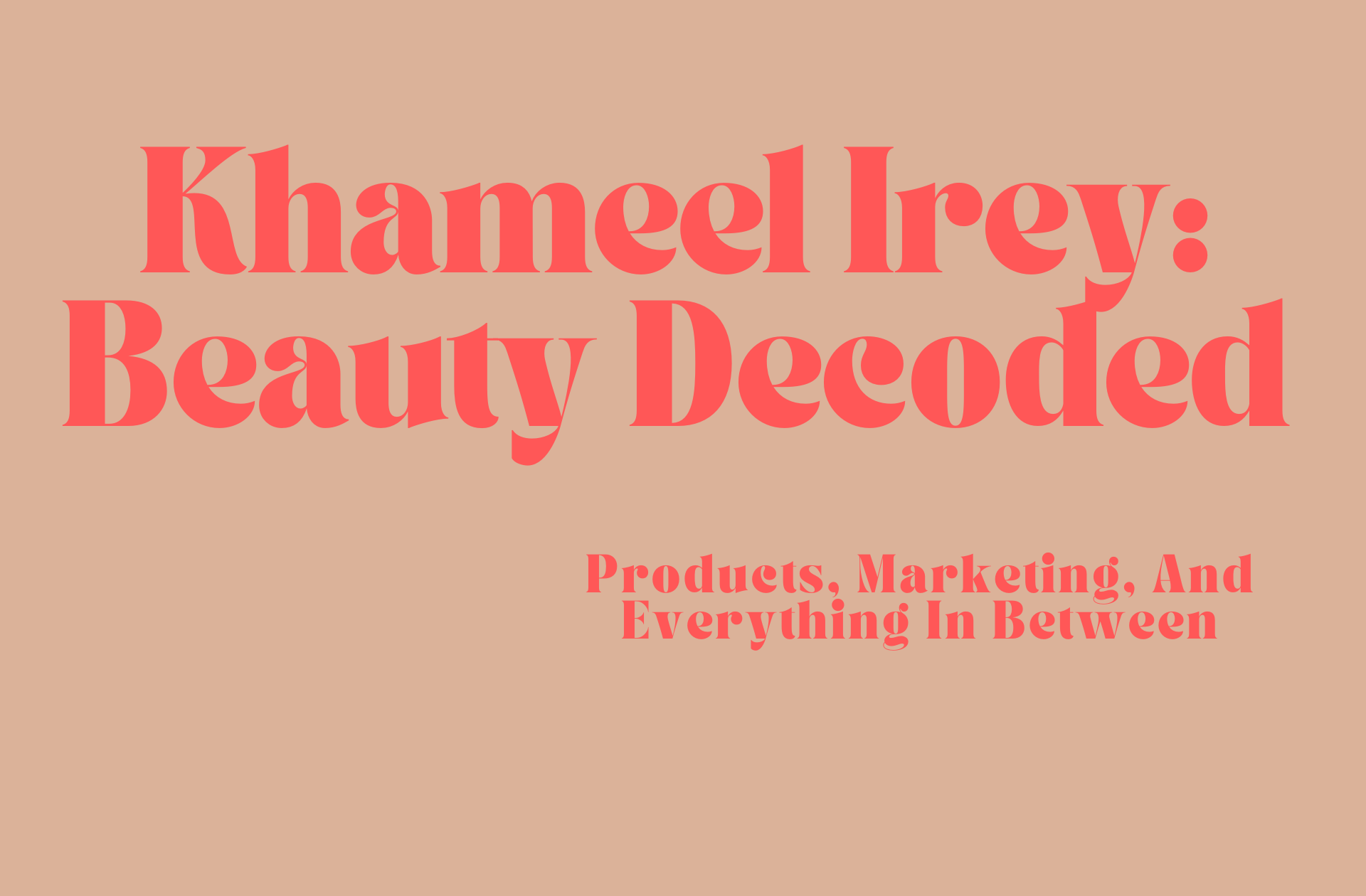Skincare trends are everywhere, TikTok, Instagram, and beauty blogs are constantly hyping up the latest “must-try” routine. But which ones actually work, and which are just clever marketing? Let’s separate the facts from the fads.
1. Skin Cycling: Smart Skincare or Just a Trend?
What It Is:
Skin cycling is a four-day skincare routine that rotates active ingredients (like exfoliants and retinoids) with recovery days to prevent irritation.
Hype or Science?
Science! Dermatologists support this method because it reduces the risk of over-exfoliation while still giving the benefits of actives. If your skin gets irritated easily, this structured routine can help keep it balanced.
Verdict: Worth trying, especially for beginners or those with sensitive skin.
2. Slugging: Intense Hydration or Recipe for Breakouts?
What It Is:
A K-beauty trend where you apply a thick layer of petroleum jelly (like Vaseline) as the last step in your nighttime routine to lock in moisture.
Hype or Science?
Science with limitations. Occlusives like petroleum jelly seal in moisture, making them great for dry or damaged skin. However, if you’re oily or acne-prone, slugging can trap bacteria and lead to breakouts.
Verdict: Beneficial for dry or compromised skin, but not ideal for oily or acne-prone skin.
3. Glass Skin: Achievable Glow or Just Marketing?
What It Is:
A K-beauty trend that aims for ultra-hydrated, smooth, and reflective skin, like a piece of glass. This is typically achieved through layering multiple hydrating products.
Hype or Science?
Mostly science. Hydration and skin barrier support (through ingredients like hyaluronic acid, niacinamide, and ceramides) can improve skin’s appearance. However, you don’t need a 10-step routine to get the effect.
Verdict: The goal is real, but a minimalist routine with the right products can achieve the same results.
4. Cryotherapy & Ice Rollers: Real Benefits or Just a Cold Sensation?
What It Is:
Using ice rollers, cryo wands, or dunking your face in ice water to reduce puffiness and tighten skin.
Hype or Science?
Science, but temporary. Cold therapy constricts blood vessels, reducing puffiness and redness, making it great for a quick refresh. However, it won’t provide long-term anti-aging benefits.
Verdict: Great for de-puffing in the morning, but don’t expect dramatic long-term effects.
5. Clean Beauty: Safer Ingredients or Just Clever Marketing?
What It Is:
A movement that promotes skincare without “toxic” ingredients like parabens, sulfates, and synthetic fragrances.
Hype or Science?
Mostly hype. Many “clean” beauty claims are based on fear-driven marketing rather than science. For example, parabens, often demonized, are actually safe and effective preservatives. Plus, “clean beauty” isn’t an FDA-regulated term, so brands can use it however they want.
Verdict: Be ingredient-aware, but don’t fall for fear-based marketing.
6. SPF in Makeup: Enough Protection or False Security?
What It Is:
Many foundations, BB creams, and powders contain SPF, leading people to believe they can skip sunscreen.
Hype or Science?
Hype. While SPF in makeup is a nice bonus, you’d need to apply way more product than you typically wear to get full protection. A separate sunscreen is still a must.
Verdict: Good for extra protection, but not a substitute for real sunscreen.
Final Thoughts: What’s Actually Worth It?
✅Science-backed & worth trying: Skin cycling, slugging (for dry skin), glass skin (with fewer steps), cryotherapy.
❌Mostly hype: Clean beauty marketing, SPF in makeup as a replacement for sunscreen.
Skincare should be about what works for you, not just what’s trending. Always check the science before jumping on a new routine.
Which skincare trend do you swear by? Let’s talk in the comments!

